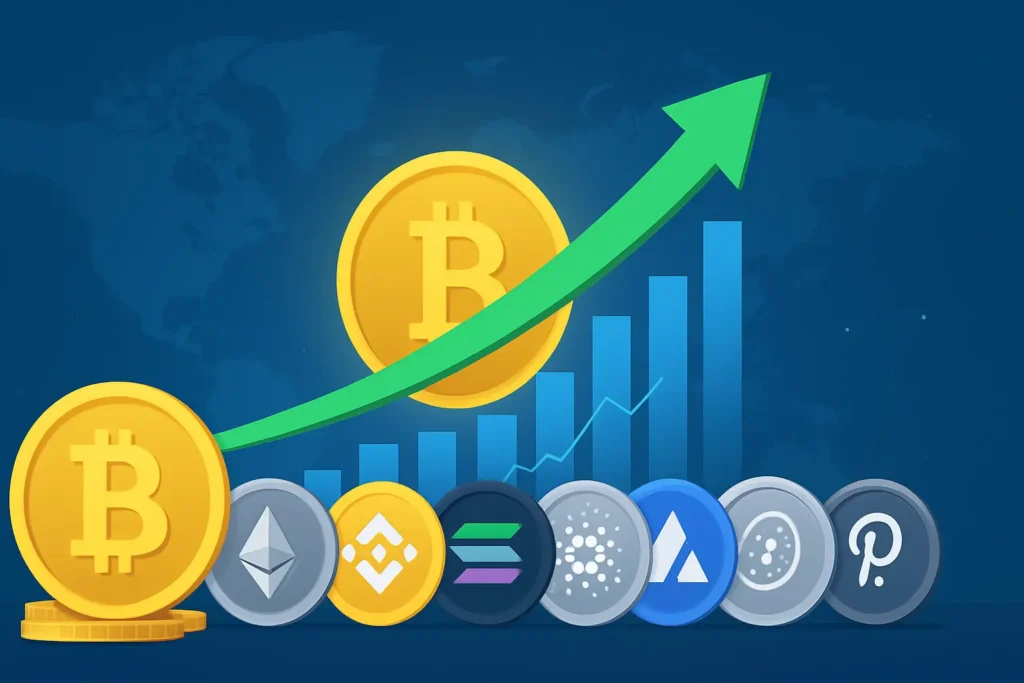When you hear the word blockchain, you might picture candlestick charts, crypto millionaires, or NFT memes. But beyond the hype, there’s a quieter, more powerful truth — blockchain can save lives.
In moments when banks shut down, currencies collapse, or governments cut people off from their money, blockchain has stepped in as a lifeline.
Today, I want to share four real moments from the last decade where cryptocurrency didn’t just change markets… it changed destinies.
1.Ukraine War (2022) – Crypto as a Lifeline
Picture this: it’s February 2022. Ukraine is under attack. Banks are closed, ATMs are empty, and international money transfers are tangled in red tape.
In the middle of chaos, the Ukrainian government posts something unusual on Twitter: official Bitcoin, Ethereum, and USDT wallet addresses.
The response? Over $100 million in crypto donations from every corner of the globe. No borders. No delays. No middlemen.
Those funds bought food, medicine, and equipment for soldiers and refugees — often arriving in minutes, not days.
For Ukraine, blockchain wasn’t just tech. It was hope… delivered in real time.
2. Venezuela Hyperinflation – Crypto as a Shield
Now, imagine your life savings losing value every hour.
In Venezuela, hyperinflation didn’t just eat into bank accounts — it erased them. Prices doubled overnight, and people carried stacks of cash worth less than a loaf of bread.
But some found a shield: Bitcoin and stablecoins like USDT. They stored their value in crypto, bought groceries, and even paid rent — bypassing a broken financial system.
For these families, blockchain wasn’t a speculative investment. It was a lifeboat in an economic storm.
3. Nigeria’s EndSARS Protest (2020) – Crypto for Freedom
In 2020, Nigeria’s youth rose up against police brutality under the EndSARS movement. The government’s response? Freeze the bank accounts of protest organizers.
But cutting off money didn’t stop the movement. Supporters switched to Bitcoin, sending donations directly to activists.
Thanks to blockchain’s transparency, every transaction was trackable and secure — no one could steal, freeze, or censor it.
Here, crypto wasn’t about profit. It was about protecting the right to speak, to organize, and to fight for change.
4. Afghanistan Taliban Takeover (2021) – Stablecoins for Survival
When the Taliban regained control of Afghanistan, banks shut down and international aid froze. Women-led businesses — already facing restrictions — suddenly had no way to receive payments from abroad.
But donors found another route: stablecoins like USDT. Funds arrived directly in recipients’ digital wallets and were converted into local currency through peer-to-peer exchanges.
It wasn’t a fortune. But it kept doors open, families fed, and hope alive in a country where hope was running out.
Conclusion – Blockchain as a Survival Tool
These four moments tell us something bigger than market trends: blockchain isn’t just code, it’s connection.
It’s the same principle as tying a rakhi — a thread of trust — but in the digital world.
In war zones, collapsing economies, and protests, blockchain has been the invisible thread keeping people safe, connected, and empowered.
Next time someone says crypto is “just about making money,” tell them about Ukraine. About Venezuela. About Nigeria and Afghanistan.
Because sometimes, the strongest currency… is trust.


